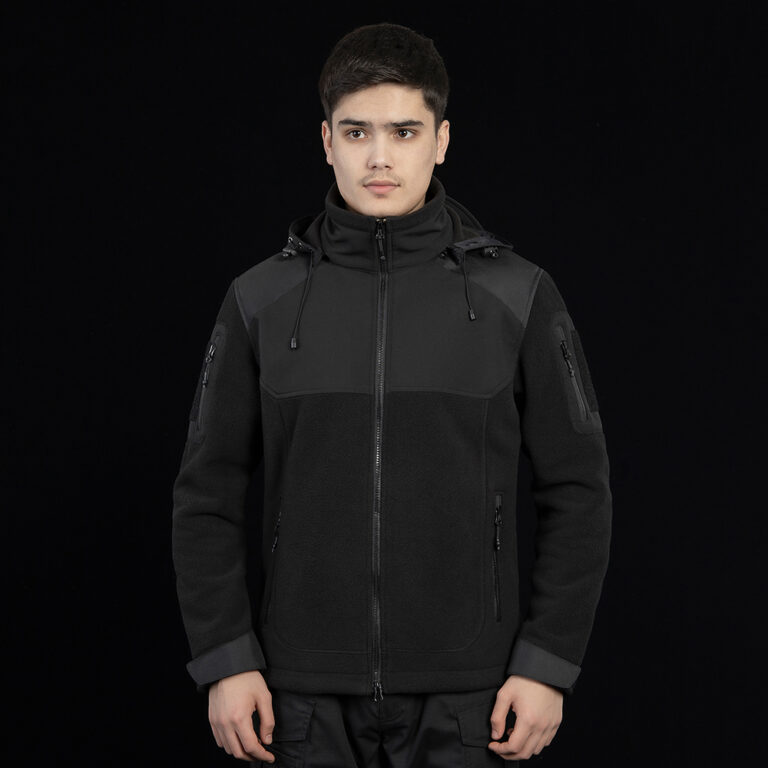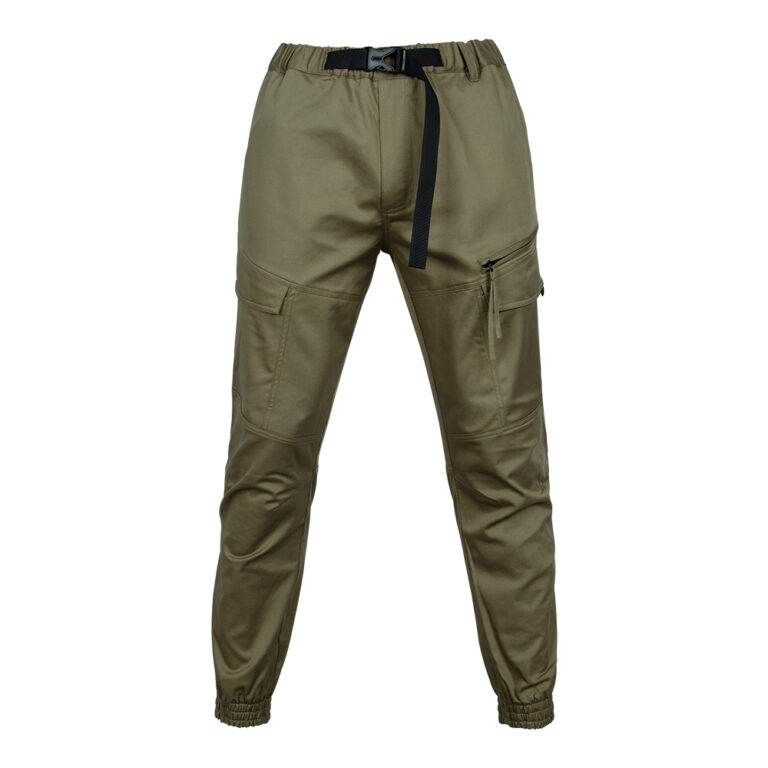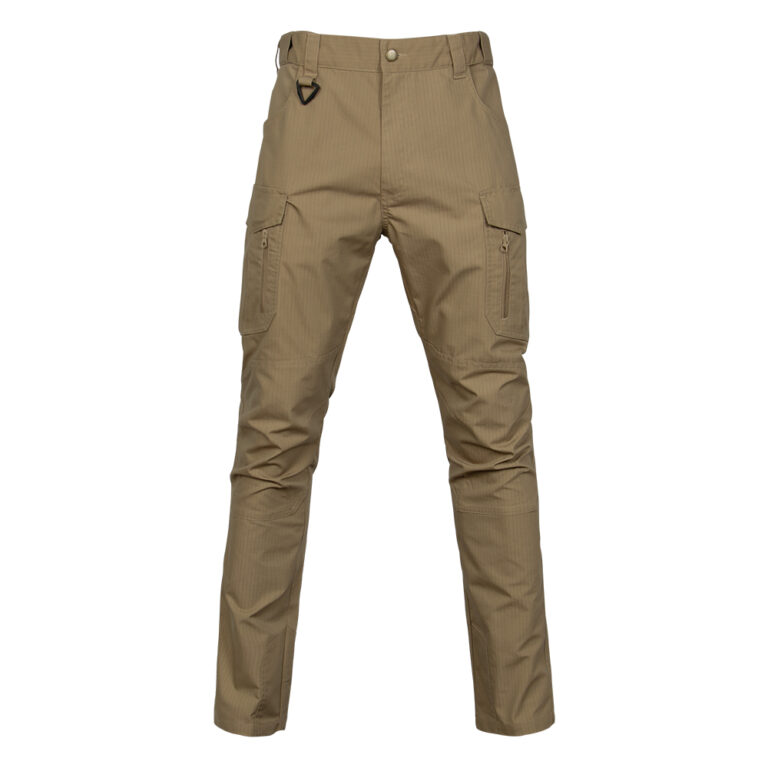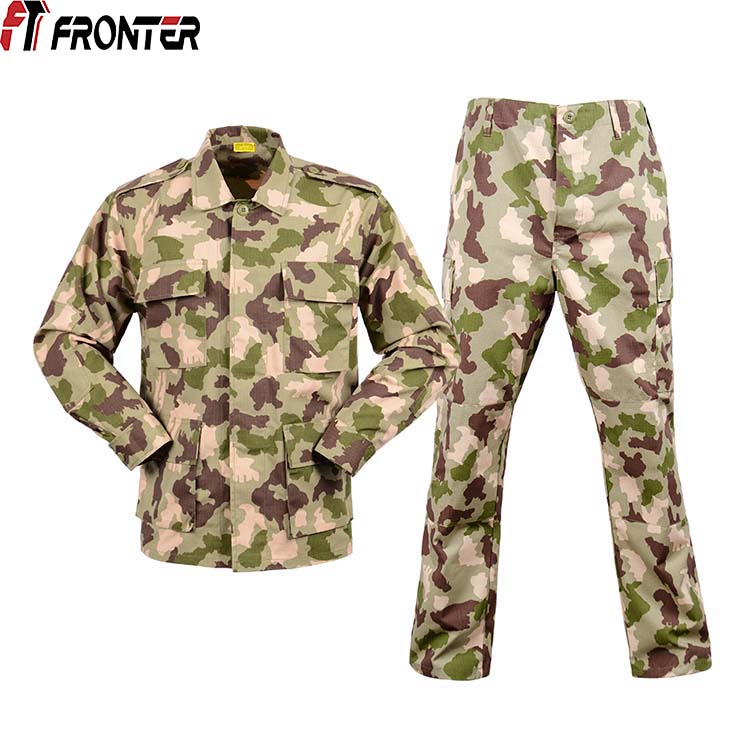

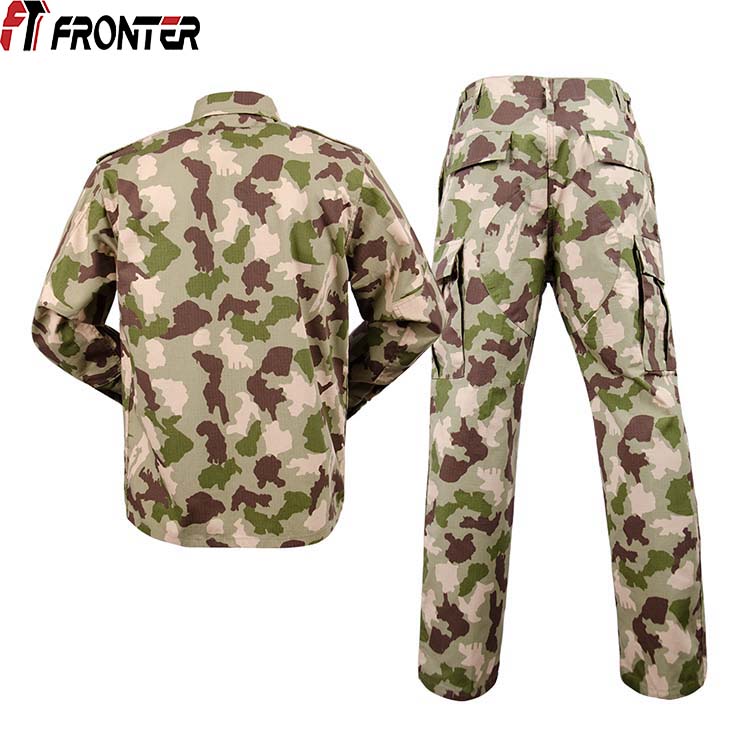

Materials:
65%Polyester+35%Cotton
60%Cotton+40%Polyester
50%Nylon+50%Cotton
Fabric weight:
210-220g/sm
Size:
XS-3XL or customization
Turn Down Collar.
Shoulder Epaulette.
Front cargo pockets with hidden button flaps.
Dual chest pockets.
Adjustable buttons at sleeve cuffs.
Waist rope:which can adjust waist tightness easily, clothing closefitting, comfortable shape.
Button Fly.
Selected firm fabric.
Wide pocket design.
Camouflage Military Uniform
What Is The Desert Camo Pattern Called?
What Camo Pattern Was Used In Desert Storm?
What Are Bdus Called Now?
Polygon Desert Camouflage Bdu Army Military Uniform.
What is the desert camo uniform called?
The Desert Camouflage Uniform (DCU) is an arid-environment camouflage uniform that was used by the United States Armed Forces from the mid-1990s to the early 2010s.
What camo pattern was used in desert storm?
Though it was first designed in 1962, finalized in 1976, and then standardized in 1990, the Desert Battle Dress Uniform (DBDU)—affectionately known for its “chocolate chip” or “cookie dough” camouflage patterns—defined the U.S. military era known for a single event: Operation Desert Storm.
What was the desert camo in the Iraq war?
In fact, during the Afghanistan and Iraq Wars, the American Special Forces personnel operating there wore commercially available Desert Tiger Stripe camouflage instead of their UCP uniforms. This camo design has horizontal stripes featuring dark brown, golden brown, and beige with a sand-colored background.
Does the army still use ACU?
In 2010, the ACU received some improvements to pockets and such. For uniforms, the pattern was fully phased out and replaced by the Operational Camouflage Pattern on 30 September 2019, though UCP remains in service in limited capacities such as on some cold weather overgear and older body armor.



